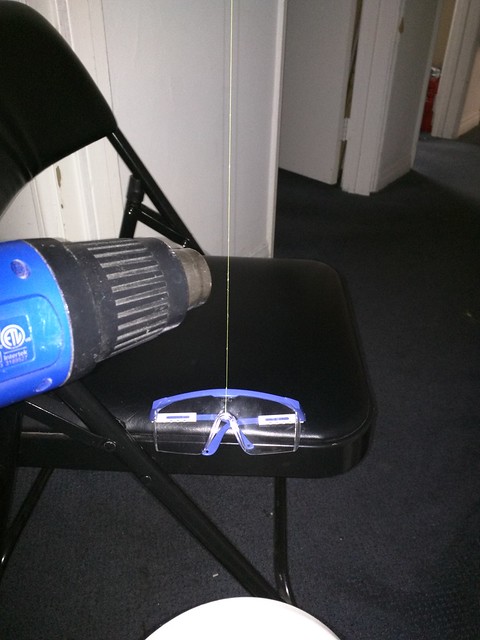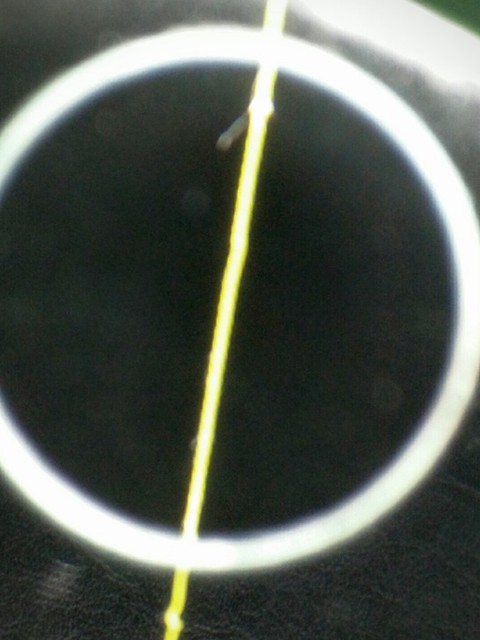Snake Bot
A robot that can use the five unique types of snake locomotion: lateral undulation, sidewinding, concertina, rectilinear, and slide pushing.
A robot that can use the five unique types of snake locomotion: lateral undulation, sidewinding, concertina, rectilinear, and slide pushing.
To make the experience fit your profile, pick a username and tell us what interests you.
We found and based on your interests.
Today tested the twisted synthetic fiber component of the artificial muscles. I was afraid enough heat to cause action in the muscle would be near melting, but it surprised me. I twisted eight feet of poly propylene filament under tension until it kinked along it's whole length in a pattern called inverted twist entry.
Liberal application of a heat gun at various points caused the fiber to raise the test weight (about 32 grams) up by 2cm per 15 cm of fiber heated, an impressive contraction AND lift capacity for less than a tenth of a gram of fiber.
More impressive, when allowed to cool, the fiber expanded and allowed all future contractions to be just as energetic.
According to a paper written on using synthetic fibers for these uses, nylon can be directly actuated via high voltage electricity, which will be my next test material. Bundles of oppositely twisted fibers should be stable, and based on these experiments cool quickly in open air, so dense heat wicking material or fluid jackets should provide enough heat transfer to allow relatively fast actuation.
The controller for this is probably going to be a teensy driving a 48 channel pwm controller running off a battery chain down the middle of the robot.


Create an account to leave a comment. Already have an account? Log In.
Become a member to follow this project and never miss any updates
By using our website and services, you expressly agree to the placement of our performance, functionality, and advertising cookies. Learn More
You should ping @curtis.layton, this is definitely up his alley.